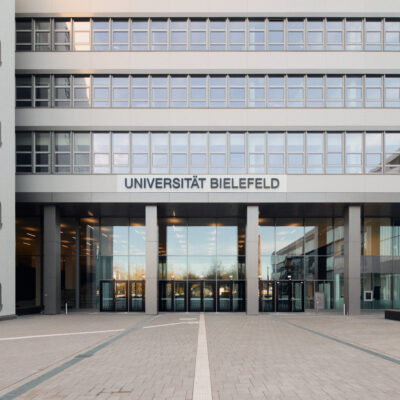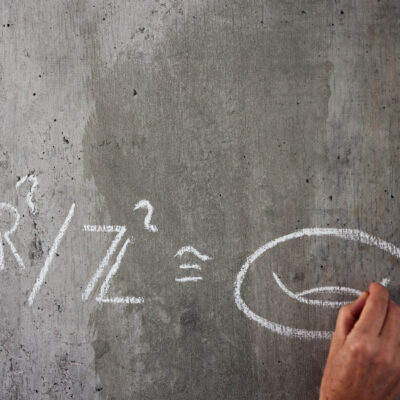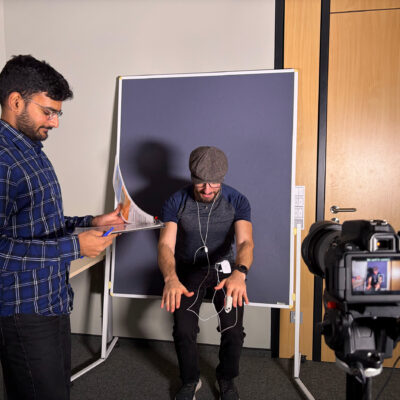Fundamental progress in mathematics often takes place where research fields meet. At the conference ‘Dynamics and asymptotics in algebra and number theory in Bielefeld’, top international academics are convening at Bielefeld University to exchange ideas and findings. The research specializations of the conference participants lie mainly at the interface between algebra and number theory. Several speakers will give insights into their research fields. Academics who are expected to attend include researchers from the University of California, Harvard University, the University of Copenhagen, and the Universities of Birmingham, Bristol, Zurich, and Leiden. Bielefeld professors Claudia Alfes-Neumann and Christopher Voll are part of the conference organizers’ team. In this interview, they tell us about the exciting composition of the conference contributions, the benefits of synergies in mathematics, and why the conference enriches interdisciplinary research at Bielefeld’s Faculty of Mathematics.
What makes the interface between algebra and number theory so interesting for research?
Professor Claudia Alfes-Neumann: Algebra and number theory are two areas of mathematics that have been passing the ball to each other, so to speak, for quite some time. On the one side, modern algebra provides the tools for dealing with many number-theoretical questions. On the other side, number theory provides motivation and applied fields for algebraic methods and discoveries.
Professor Christopher Voll: This productive interaction already has a tradition in mathematics at Bielefeld. Quite specifically, three of the conference organizers are currently working together in the CRC TRR 358, in which algebraic and number-theoretic questions go hand in hand. The core expertise of Professor Alfes-Neumann and Professor Blomer lies in number theory, whereas I work primarily on algebraic questions. In the TRR, we are working together at the interface of our fields of interest.
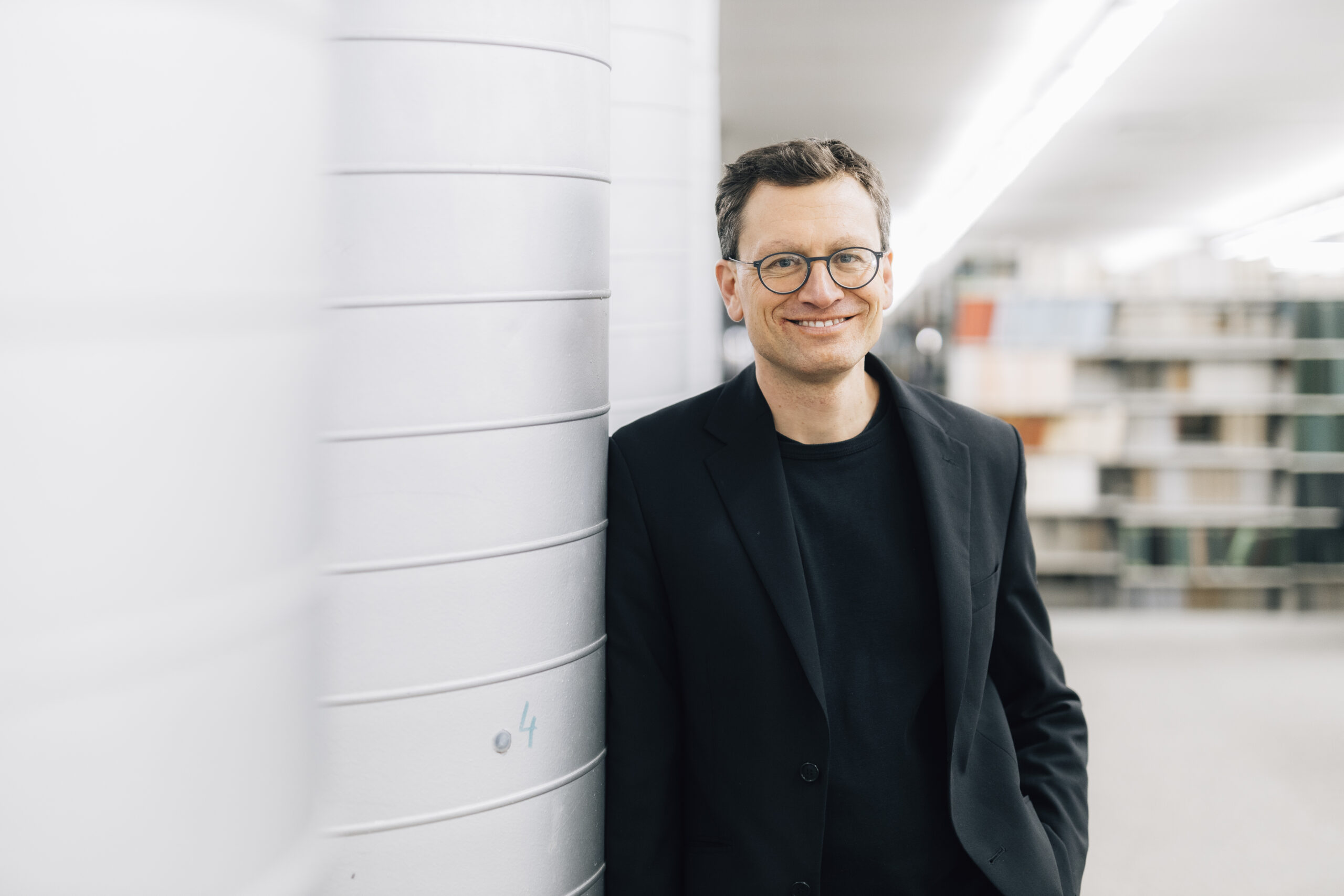
© Bielefeld University/M. Adamski
What are the advantages of using synergies in mathematics?
Claudia Alfes-Neumann: In mathematics, fundamental progress often takes place precisely where research areas collide – areas in which very different types of ideas are cultivated. Number theory in particular provides examples of this phenomenon: rapid progress on the Birch–Swinnerton-Dyer conjecture, for example, one of the great number-theoretical conjectures of our day, recently came about through the synthesis of classical number-theoretical methods with ideas from probability theory.
Christopher Voll: One aim of the conference is to develop such synergies with other fields such as the theory of dynamic systems or asymptotic algebra.
One of the things international academics will be talking about is dynamic and asymptotic aspects of algebra and number theory. What makes this mathematical field so exciting?
Claudia Alfes-Neumann: The field does indeed fascinate researchers worldwide, and the conference reflects this: we are expecting speakers and participants from no less than ten countries.
Christopher Voll: We have at least an idea as to why this is so: doing mathematics means being creative, and this has to be practised between the extremes of rigorous rules on the one hand and curiosity-driven creativity on the other. Getting together with academics from fields that neighbour our own promises new and exciting things – and that’s exciting!
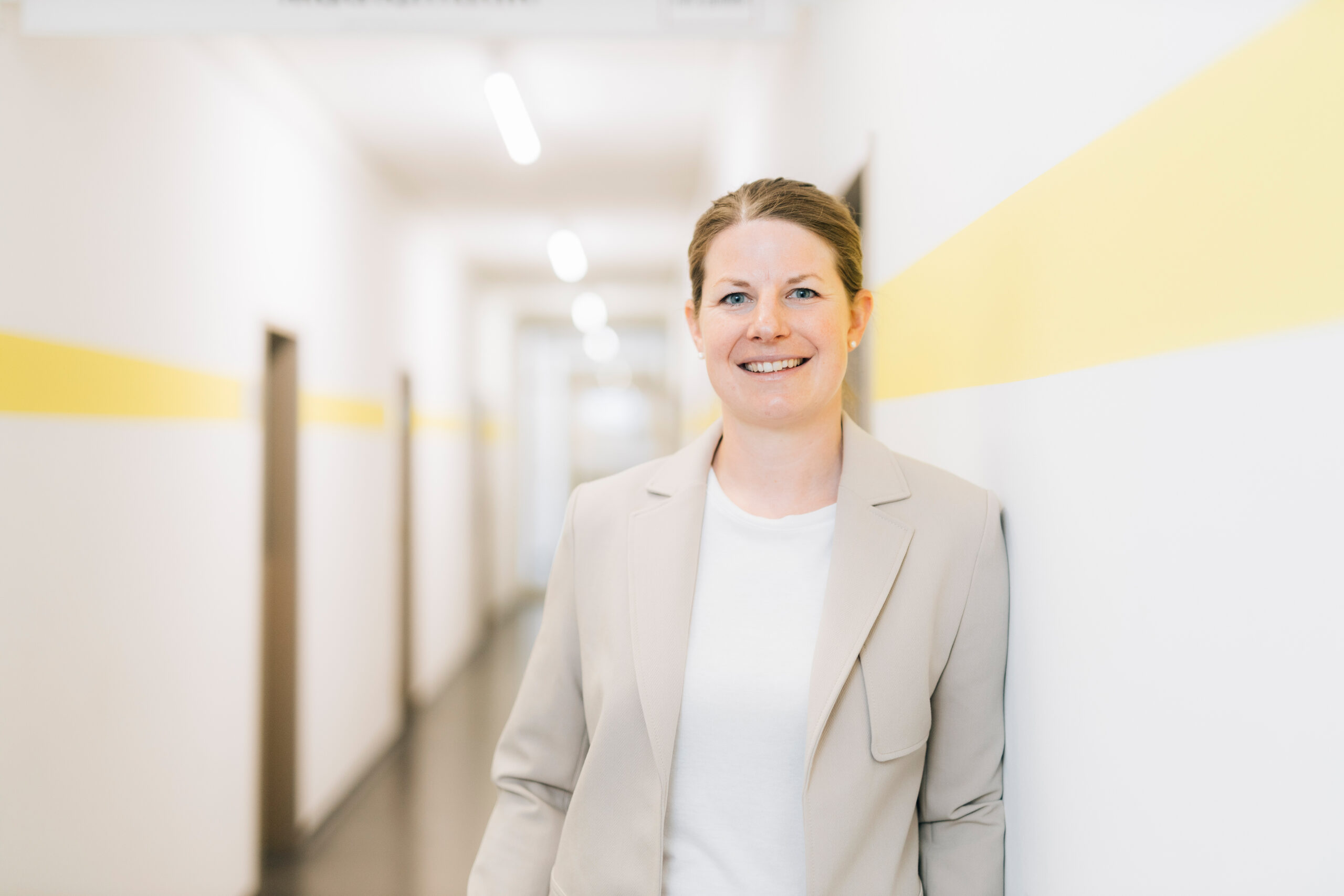
© Bielefeld University/M. Adamski
What do you hope to gain from the exchange?
Claudia Alfes-Neumann: The conference will serve as a platform on which academics from adjacent but different fields of mathematics meet together in Bielefeld. This will enable them to get to know and appreciate ideas and methods in each other’s fields, and then put them to productive use in their own special areas.
Christopher Voll: Cutting-edge mathematics is increasingly done in pluridisciplinary teams. These teams usually form spontaneously at international conferences. This is why we attach great importance to giving participants enough time and leisure to get to know each other in informal exchange and to discover new possibilities for cooperation. It was important for us to have a diverse list of speakers – not only in terms of gender but also in the age distribution of our guests.
Are there any focal topics that you are particularly looking forward to?
Claudia Alfes-Neumann: We are very much looking forward to the synergies that arise from the influence of asymptotic and dynamic ideas on the fields of algebra and number theory. Our co-organizers, for example, bring their respective core expertise to the table, and this complements ours very well: Professor Dr Anke Pohl from the University of Bremen focuses on dynamic systems and ergodic theory, whereas the research interests of Professor Dr Valentin Blomer from the University of Bonn lie in the field of number theory, especially automorphic forms. Most of all, however, we look forward to benefiting from the energy and ideas of our international guests.
Will the conference influence research at the Faculty of Mathematics?
Christopher Voll: For one thing, the conference reflects the interdisciplinary character that has distinguished Bielefeld mathematics for years. It is no coincidence that three of the organizers are already working closely with academics from the University of Paderborn in the DFG Collaborative Research Centre Transregio 358.
Claudia Alfes-Neumann: For another, the conference demonstrates that in Bielefeld, it is possible to pursue synergetic research approaches even within basic mathematical research and to make these approaches internationally effective and visible. It also highlights the importance of having adequate infrastructure for synergetic research. We are very happy to be able to use the Bielefeld ZiF for this conference.
Christopher Voll: The conference thus works in the direction of a more general research initiative at Bielefeld University that is developing emergent synergies in mathematics and selected applied fields.

